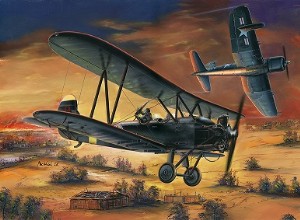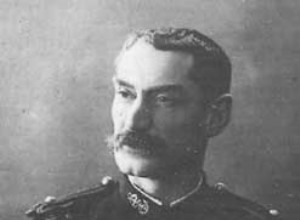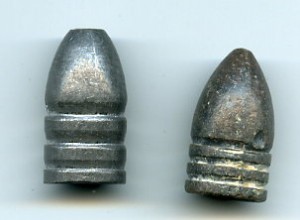The fighters were first sent against the anti-aircraft batteries concentrated around the objective. This attack carried out, the real raid could begin either with attack and tactical support aircraft, or with Superfortresses flying at 5000 m altitude. To cut a single bridge thus required several att




